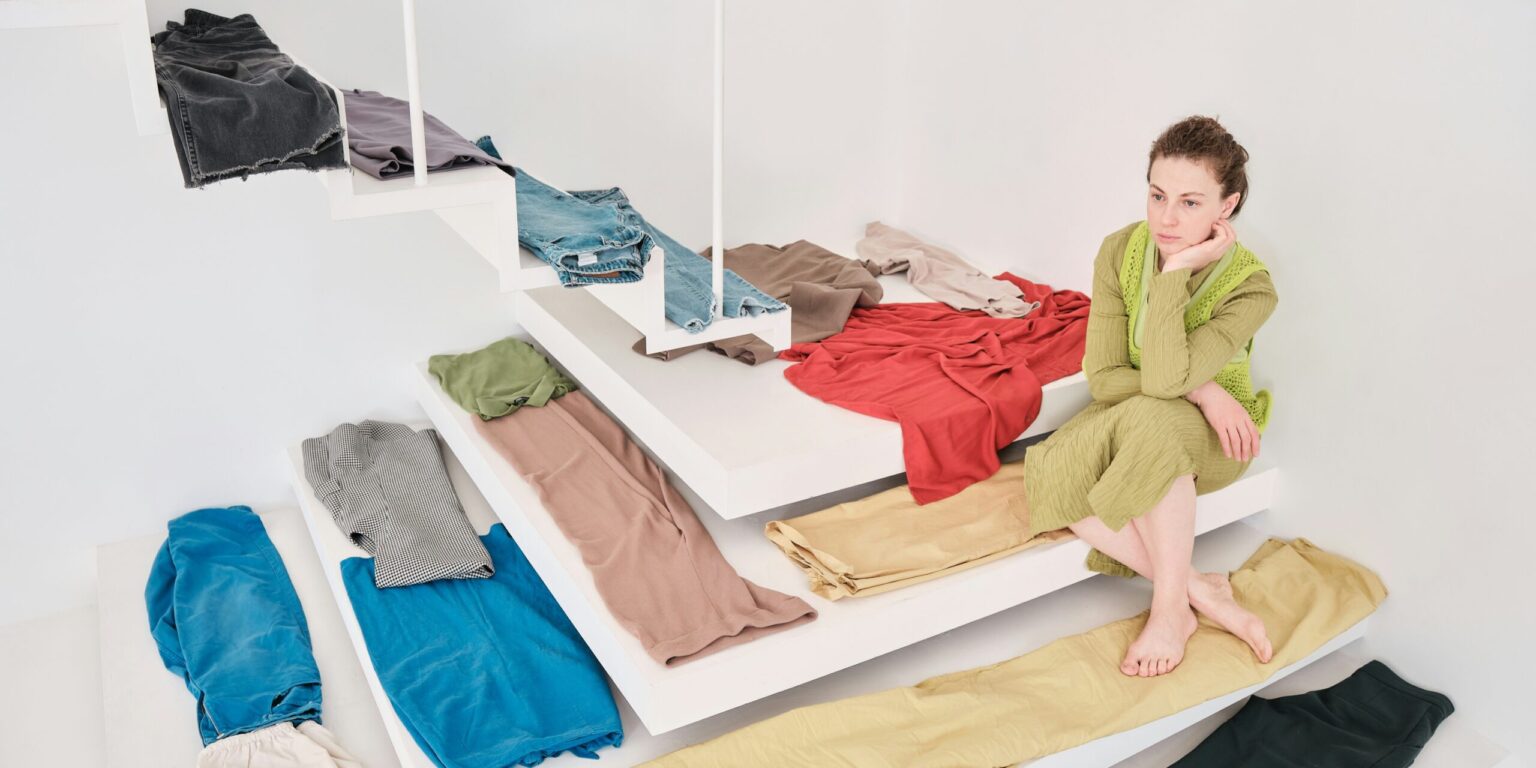The fashion world is undergoing a quiet revolution as eco-conscious designers introduce modular capsule wardrobes—collections designed to maximize outfit options with minimal pieces. Embraced by brands like Lila Greene and Terra Stitch, this approach centers on minimalist silhouettes crafted from sustainable fabrics. The goal is not just a pared‑down closet but one filled exclusively with items you truly adore and will wear repeatedly. Influencers across social media have enthusiastically endorsed the concept, with many declaring, “It’s not just a trend—it’s the future of closet curation.” As consumers become more mindful of waste and decision fatigue, modular capsule wardrobes are emerging not merely as a fashionable choice, but as a practical and meaningful lifestyle shift.
At its heart, a modular capsule wardrobe starts by thoughtfully selecting a small number of high‑quality items that work harmoniously together. These wardrobes typically include essential pieces—like tops, bottoms, outer layers, and versatile accessories—designed in neutral palettes that allow effortless mix‑and‑match styling. The modularity comes from choosing each garment to complement the rest, enabling dozens of outfits from a concise selection. In many sustainable fashion circles, wardrobes of 25 to 35 pieces are considered ideal. This structure ensures that every garment earns its place, supports creativity, and reduces the pressure to buy more.
What’s new in this evolution is the focus on sustainability at every stage. Unlike fast‑fashion capsules that cycle through each season with new buys, eco‑focused designers such as Lila Greene and Terra Stitch emphasize timeless cuts and environmentally responsible materials. Their pieces often incorporate fabrics like organic cotton, TENCEL™ lyocell, hemp, or recycled blends—materials chosen for lower water use, reduced chemical impact, and biodegradability. By combining longevity with modular design, these wardrobes reduce waste and align with the principles of slow fashion: investing in garments that last and feel personal .
Advocates point out that modular capsule wardrobes tackle two often intertwined issues: environmental impact and decision fatigue. Fast fashion, driven by constant trend turnover, is one of the industry’s biggest polluters—it contributes significantly to global carbon emissions and textile waste. At the same time, many people spend significant time deciding what to wear each morning. Studies indicate that women, on average, spend months of their lives making wardrobe decisions . Modular capsules streamline this by curating a closet where every piece fits the wearer’s style, simplifying daily routines without sacrificing personal expression.
Influencers and style experts are celebrating this shift. They praise how modular capsules encourage creativity—not by overwhelming choices but by encouraging mindful styling. One TikToker highlighted that having fewer items forced them to “rediscover ways to layer, accessorize, and reinvent old favorites.” This echoes findings from a study published in the International Journal of Market Research, where participants on a capsule wardrobe challenge reported reduced stress, renewed joy in dressing, and heightened awareness of conscious consumption.
Brands embracing modularity are prioritizing versatility in design. Lila Greene pieces, for example, feature reversible jackets or adjustable waist trousers, enabling outfits that adapt to seasons or occasions. Terra Stitch crafts items that can be styled up or down—day-to-night transition is seamless. Both brands practice transparency in supply chains and ethical production, ensuring garments are responsibly manufactured—traits increasingly important to consumers .
Building a modular capsule wardrobe typically begins with auditing what one already owns—assessing which items are loved, which serve well, and which can be recycled or donated. This step is echoed in many guides to sustainable style. From there, consumers define their palette—usually two to three neutrals and one accent color—to ensure every new piece integrates seamlessly. The next phase involves filling gaps with versatile, well‑made garments that fit the person’s lifestyle—think durable denim, tailored blazers, lightweight knits, and flattering shoes that match multiple outfits.
This approach transforms wardrobes into thoughtful collections rather than seasonal stashes. Instead of discarding clothes after a few wears, modular capsule closets encourage maintenance, repair, and second‑hand exchange—practices rooted in slow fashion . Notably, consumers are now more open to purchasing second‑hand, swapping items, or choosing rental platforms as ways to diversify without contributing to overconsumption.
The environmental and psychological benefits of this shift are significant. On the ecological front, fewer clothes made from sustainable materials mean lower resource use and waste. A curated closet also reduces impulse shopping and the urge to follow fleeting trends. Psychologically, having a wardrobe where “everything works” reduces stress and boosts confidence. The capsule concept reframes style as intentional and personal, rather than reactive to marketing cycles.
Critics do raise concerns, however. Some argue that even responsibly produced basics can contribute to waste if overproduced. Others suggest that this trend may only be accessible to those who can afford higher‑priced pieces. Yet supporters respond that the framework is adaptable—the core principle is mindful selection, not high cost, and quality over quantity can be achieved across budgets.
In 2025, modular capsule wardrobes stand at the intersection of style, sustainability, and wellness. Brands like Lila Greene and Terra Stitch are not merely offering clothing—they are promoting a lifestyle rooted in intentional buying, creative expression, and environmental responsibility. Influencers calling it “the future of closet curation” are not exaggerating: this movement represents a meaningful shift in how consumers think about fashion, replacing fast consumption with personal connection and conscious choice.
As the world grapples with the environmental toll of fast fashion and the toll of daily decision-making, modular capsule wardrobes offer a solution that is both elegant and effective. Whether stocked with premium sustainable pieces or thoughtfully assembled from existing garments, these collections empower people to truly wear only what they love—and love what they wear.
